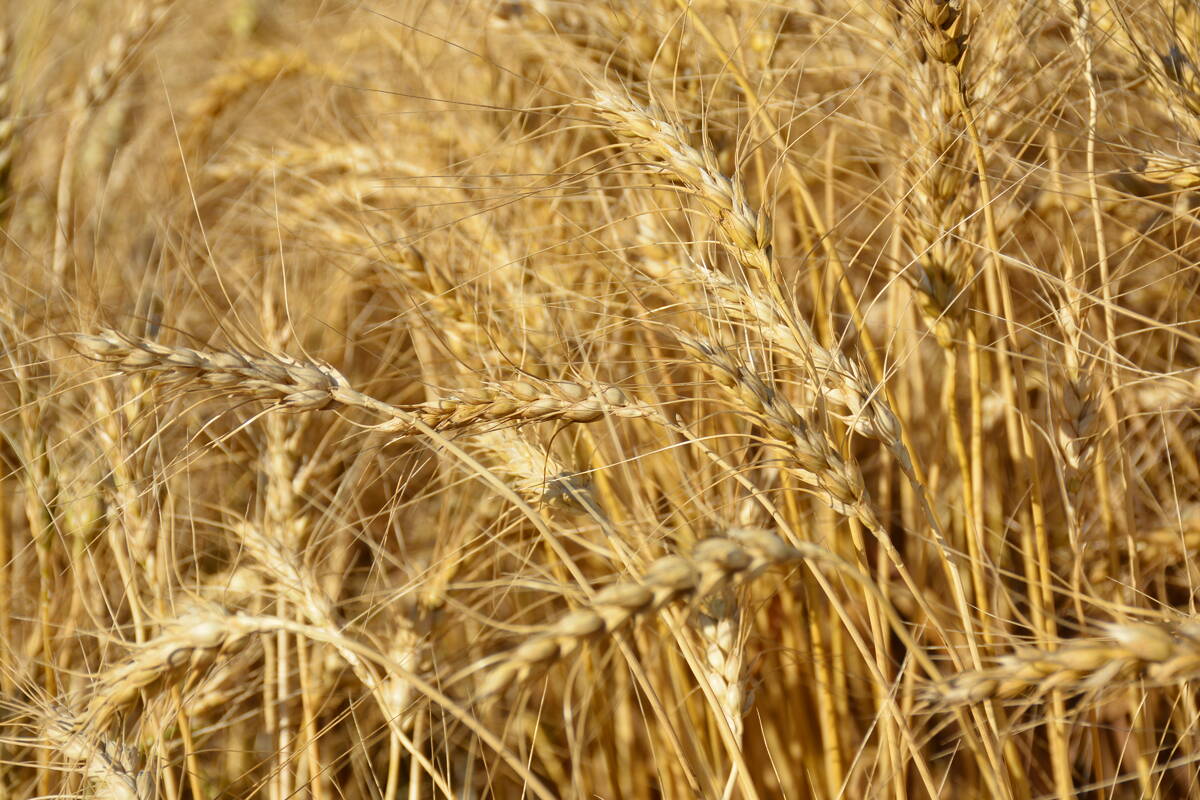Do genetics or agronomics have the greatest influence on corn?
That question was posed by Dave Hooker, a researcher with the University of Guelph’s Ridgetown Campus at the recent Ontario Agricultural Conference.
Hooker spoke on day two (Jan. 5) at the two-day event, which featured three in-person venues — Ridgetown, Waterloo and Kemptville — plus remote viewing of 53 presentations.
Read Also

Scientists discover a gene that could triple wheat production
This discovery could give breeders a powerful new tool to boost yields without needing more land, water, or fertilizer.
Hooker says that 65 per cent genetics and 35 per cent agronomy contribute to increased yield, but the two do not operate independent of each other.
“There is a lot of interaction, where one variable depends on another,” said Hooker. “Genetic success may be dependent on agronomy.”
Historically, greater food production means greater land use, which has become a point of debate in recent years. Yet according to Hooker, there’s been a decoupling of that relationship since about 1960.
Why it matters: Although increasing corn yields have been the result of improved genetics, agronomic practices and climate also play a role.
From 1960 to 2020, plant breeding and enhanced agronomic practices boosted agricultural production by nearly four times, while the population increased by 2.6 times and land use increased by 1.1 times, he said.
Since the first corn hybrids were brought to farmers’ fields, Hooker said several physiological elements remain. Heterosis — the difference between parental lines and their progeny and performance — and the maximum potential from photosynthesis and harvest index have not changed significantly.
What has changed is kernel numbers per unit area, kernel weights, functional stay green levels, leaf angle, stress tolerance and plant populations, which have helped increase yield potential.
“The primary goals of crop management are to increase yield by decreasing the negatives,” said Hooker. “We need to decrease the yield gap, which is potential yield minus the actual yield. And that depends on planting date, soil and climate.”
Yield is also affected by input-use efficiency and environmental impact.
Photosynthesis, respiration and adequate moisture are familiar components for crop production, and Hooker noted they’re closely linked. Adequate water is a growing concern and challenge for many.
Though there have been advances in drought tolerance among hybrids, water management it critical for gas exchange in the plant, photosynthesis and the conversion of carbon dioxide into oxygen.
Unlike soybeans and wheat, corn benefits from high solar radiation levels, which can lead to higher in-canopy temperatures and quicken the pace of development. But higher temperatures can also cause greater moisture loss.
Hooker highlighted the importance of leaf architecture. In the vegetative phase (VE to V14), a more vertical leaf can intercept nearly three times more light before flowering compared to a more horizontally structured leaf. This is known as the critical leaf area index for corn, where 95 per cent of solar radiation occurs.
“It’s interesting that 96 per cent isn’t necessarily better,” said Hooker. “With a vertical architecture (in the leaf), there’ll be more leaves taking in more sunshine. Capturing sunlight to generate photosynthesis obviously comes with more leaves that are lighted versus those that are shaded.”
Watch for more of Ralph Pearce’s content on this topic at Country Guide.















